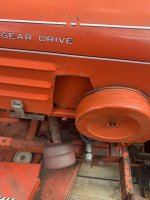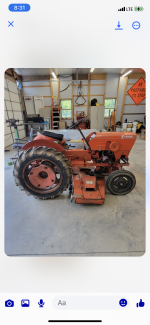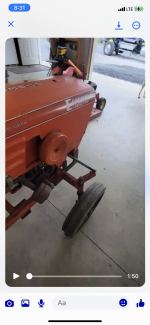1930
Platinum Member
- Joined
- Sep 9, 2018
- Messages
- 919
- Location
- Brandon/Ocala Florida
- Tractor
- Kubota B6100E Kubota L 2501 Kubota T1460
Looking for ideas
I welded autobody for over thirty years, as the years progressed the metal became thinner.
I can weld a soda can but it will distort the can badly.
For some reason someone cut section out of my hood, I have another hood that is beat to hell but this area is fine.
I’ll need to cut out a patch, weld it and have the least amount of filler possible front AND back.
I never was a hack, always did good work within reason but working for insurance companies you can’t be Picasso, you rely on fillers that set up quick and sand easy.
Being around the louvers makes me think I should cut out a large section including louvers and replace it all.
I’ve worked with louvers and heat and then body fillers, it typically doesn’t look factory new.
Again I need it to look like it never happened both sides with grinding and possibly a little plastic for porosity holes.
Anyone here have this kind of experience?
I welded autobody for over thirty years, as the years progressed the metal became thinner.
I can weld a soda can but it will distort the can badly.
For some reason someone cut section out of my hood, I have another hood that is beat to hell but this area is fine.
I’ll need to cut out a patch, weld it and have the least amount of filler possible front AND back.
I never was a hack, always did good work within reason but working for insurance companies you can’t be Picasso, you rely on fillers that set up quick and sand easy.
Being around the louvers makes me think I should cut out a large section including louvers and replace it all.
I’ve worked with louvers and heat and then body fillers, it typically doesn’t look factory new.
Again I need it to look like it never happened both sides with grinding and possibly a little plastic for porosity holes.
Anyone here have this kind of experience?



